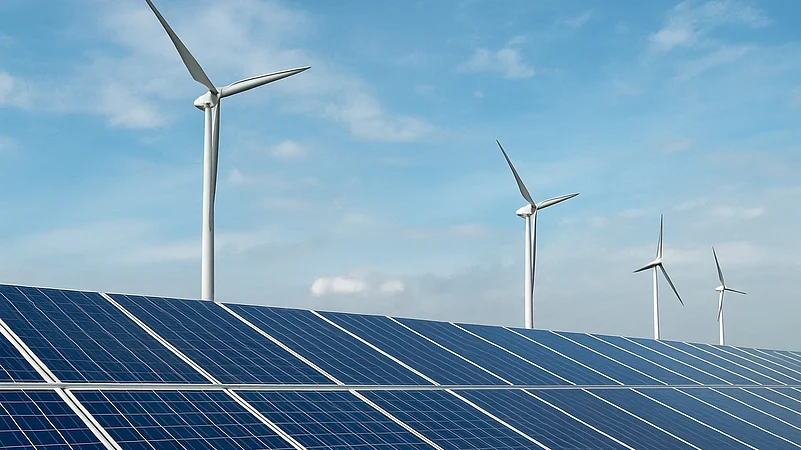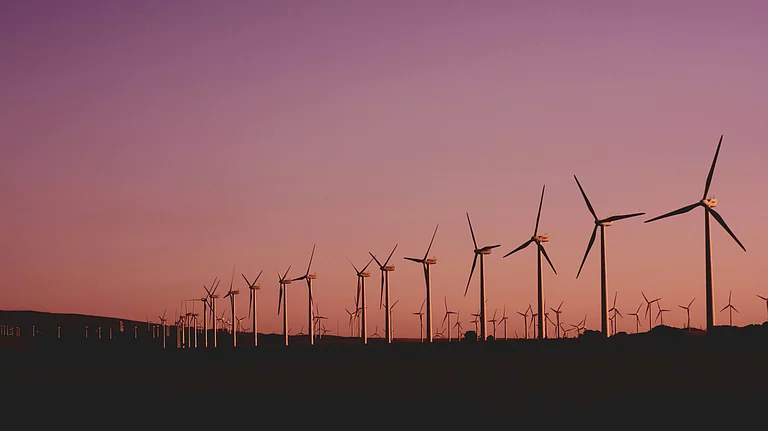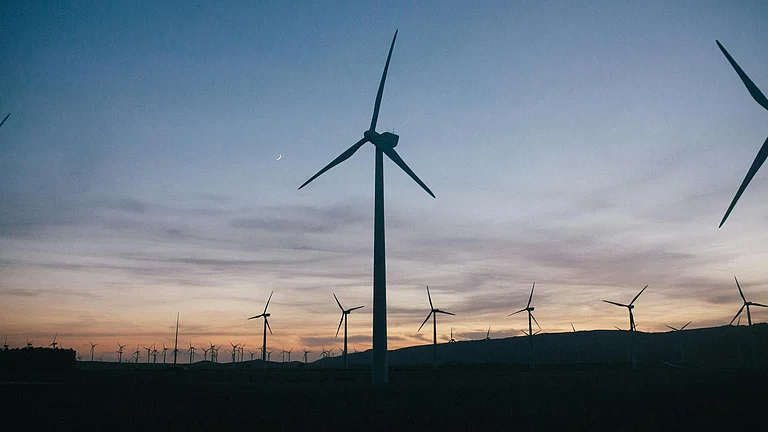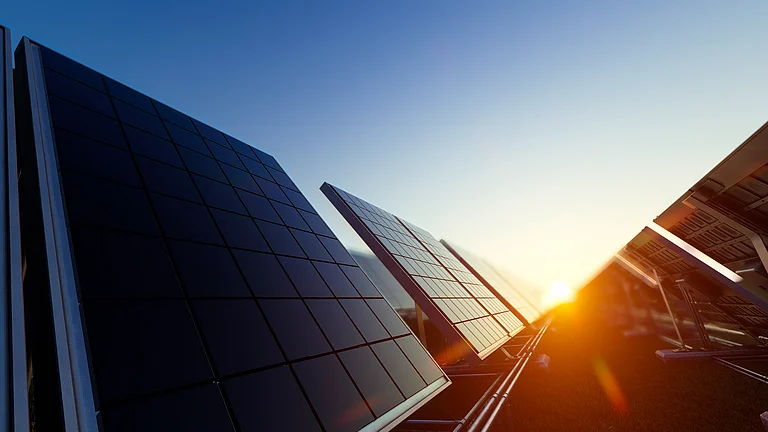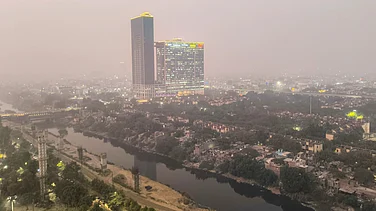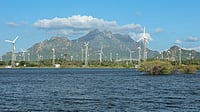India has recorded threefold growth in its renewable power capacity in the last decade, with the installed green energy capacity reaching 232 GW, including large hydro power plants, up from 75.52 GW capacity in March 2014, official sources told PTI.
India has emerged as a global leader in renewable energy, as the cost of the grid-connected solar power plants has dropped by 80%, reaching Rs 10.95 per unit for a 170 MW project in Neemuch, sources added.
In March 2014, India's installed solar energy capacity was 2.82 GW, which has crossed 108GW now, has grown multifold. Wind energy capacity has more than doubled to 51 GW presently from 21 GW in 2014.
Rapid Growth, Rising Targets
Sources also mentioned that during the UPA regime, India was almost absent in the solar manufacturing scene, with a meagre 2 GW of solar module production in 2014, which skyrocketed to 90 GW by 2024. By 2030, the nation will reach an impressive 150 GW, they said.
In 2014, India had almost zero domestic production of solar cells and wafers, which was a stark failure of the previous government's policy, official sources said.
In contrast, India has built 25 GW of solar cell production and 2 GW of wafer production today.
To reduce dependence on imports, India has planned solar cells and wafer capacity of 100 GW and 40 GW respectively by 2030. Even in fully integrated production, the country has reached 3.2 GW in 2024, with a target of 24 GW by 2030.
However, India plans to balance the best of both worlds as reverberated by India’s Union Minister for Power and Housing and Urban Affairs, Manohar Lal Khattar during his address at the BRICS Energy Ministers’ Meeting on May 19.
He emphasised that fossil fuels will continue to play a crucial role in the global energy mix—especially for developing nations—and called for international cooperation to ensure their cleaner and more efficient use through advanced technologies.
With this balanced approach, India aims to manage rising electricity needs while continuing its shift to clean energy. This summer, the country is expected to witness a 9-10% increase in peak electricity demand driven largely by extreme heat. According to a report published by the Yale Program on Climate Change Communication, 71% of India’s population is currently suffering from severe heat stress.
(With inputs from PTI.)





